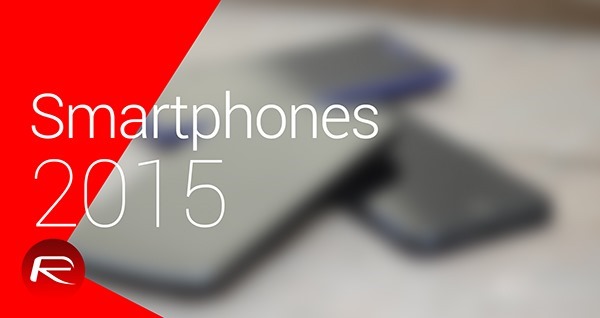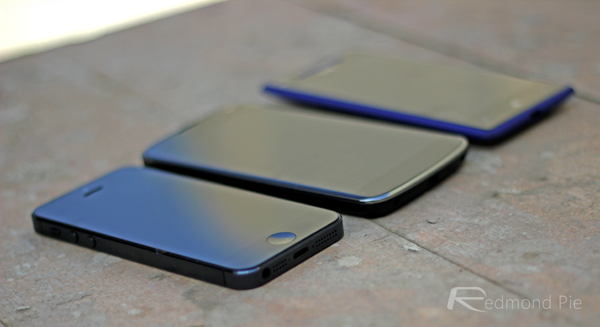It’s that time of year again when a lot of minimum term contracts are coming to an end with consumers looking to pick up a shiny new smartphone that will keep them occupied for the next 12-24 months. The temptation is always there to run out and grab the first device that is offered, but there’s always additional considerations to assess. Take a look at why you should exercise some patience where certain smartphones are concerned and wait for the future of the range.

Apple’s iPhone 6 / 6 Plus / 5s
Quite simply put, Apple’s next-generation iPhone is on the way. Speculation has it that Apple’s iPhone 6s is already in production with the Cupertino company requesting that manufacturing partners produce record numbers of the smartphone. Significantly improved performance, Force Touch integration, a larger battery, and a sturdier design are all reasons to stay clear of current-generation hardware and wait for the improved iPhone to arrive.
Samsung’s Galaxy Note 4 / Note Edge
Samsung’s highly anticipated Galaxy Note 5 is rumoured to be hitting shelves in less than a month, with announcement likely due for August 13th, meaning that it would be technology suicide to grab a fourth-generation Note right now. In terms of visual appearance it’s highly likely that Samsung’s Note 5 offering will be similar to the current device, albeit with a number of slight amendments. The newly established modern aesthetic will hopefully take the Note from being a popular device to one that hopefully turns around Samsung’s fortunes after successive yearly profit drops.
Samsung Galaxy S6 Edge
If you’re in the market for a new smartphone it seems that now is the time to exercise just a little more patience. Next month is set to be a big month for Samsung with speculation suggesting the 5.5-inch S6 Edge+ will be unvieled alongside the aforementioned Galaxy Note 4 on August 13th. The stunning looking device borrows inspiration from the S6 Edge with a beautifully crafted external design complete with elegant rounded corners and large 5.5-inch display. Information is limited on the internal specifications of the device, but given the fact that it’s likely to drop in less than four weeks it’s worth waiting to find out.
OnePlus One
I bet you’re starting to notice a common theme here. The OnePlus 2 is one of the most anticipated Android devices of the year and looks to build on the success of OnePlus’ first-generation device. Potential consumers can expect a stunning slim line device complete with 4GB of RAM and a Snapdragon 810 processor. Dual-SIM capabilities, a 13-megapixel rear camera and a stunning 5.5-inch 2K display should convince consumers to wait a few days for the July 27 expected launch date.
Moto X (2014)
Motorola hasn’t really had the greatest of fortunes over the last few years. After being bought and subsequently sold by Google to Lenovo the handset maker will be hoping for some stability and success in the market. A recent leak has Android fans excited over this year’s third-generation Moto X 2015 which comes with a stunning physical appearance and a technical specification to compete with the best of the best in the Android world. It’s also expected to launch this coming week, July 28 to be exact, so not long to wait.
Moto G (2014)
The third-generation Moto G is rumoured to be coming on July 28 as well. That alone is a perfect reason to exercise some patience and not shell out for older hardware. A recent leak has suggested that the Moto G 2015 will ship with a 5-inch 1080p display, 2GB of RAM, and a Snapdragon 610 SoC.
Any Flagship Windows Phone From 2013
Windows Phone hasn’t had a flagship device in about two years now. But with Windows 10 Mobile due for release this year, if you are looking to buy a high-end Lumia right now, it’s best to wait for next-gen device designed for Window 10 as all the current Windows Phone flagships like Lumia 1520 feature almost two years old hardware, and not worth getting in 2015.

You can follow us on Twitter, add us to your circle on Google+ or like our Facebook page to keep yourself updated on all the latest from Microsoft, Google, Apple and the web.

